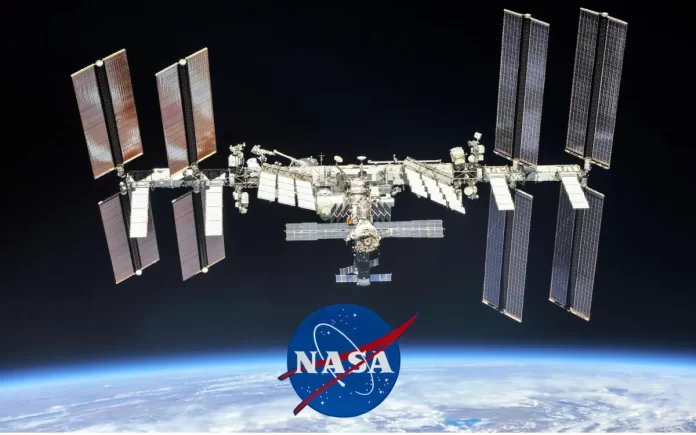Washington, D.C.: NASA’s Expedition 71 astronauts are gearing up for a pivotal research mission aboard the International Space Station (ISS). Comprising Michael Barratt, Matthew Dominick, Jeanette Epps, and Tracy C. Dyson, this team is poised to reach the space station in February and March, ready to delve into groundbreaking scientific inquiries.
One of the cornerstone studies of this expedition, titled “Human Brain Organoid Models for Neurodegenerative Disease & Drug Discovery” (HBOND), zeroes in on unraveling the complexities of neuro-inflammation—a common denominator in neurodegenerative conditions. Through the utilization of patient-derived stem cells, researchers fashion “organoids” mirroring the brains of individuals afflicted with Parkinson’s disease and primary progressive multiple sclerosis. The outcomes of this study hold promise in revolutionizing diagnostics, shedding light on the effects of aging, expediting drug discovery, and identifying potential therapeutic targets for neurodegenerative ailments.
Furthermore, these brain organoid models offer a unique opportunity to probe the impact of prolonged spaceflight on the brain, thus aiding in the formulation of effective countermeasures for astronauts.
Another significant investigation, “Plant Responses Against the Stresses of Microgravity and High Ultraviolet Radiation in Space” (Plant UV-B), delves into understanding how microgravity and UV radiation stressors influence plants across various levels of biological organization. The revelations from this study stand to deepen our comprehension of plant biology in space, potentially paving the way for enhanced plant cultivation methodologies for future extraterrestrial endeavors.
Acknowledging the physiological challenges posed by weightlessness, the astronauts will also explore the efficacy of thigh pressure cuffs in mitigating the redistribution of bodily fluids towards the head—a phenomenon recognized as ‘Spaceflight Associated Neuro-ocular Syndrome’ (SANS), which can manifest in structural alterations to the eyes and vision impairment. This investigation seeks to ascertain whether thigh cuffs could serve as a straightforward solution to safeguard astronauts against SANS and other health adversities during forthcoming lunar and Martian missions. Additionally, the applications of these cuffs extend to terrestrial healthcare settings, where they could aid in managing conditions such as cranial fluid accumulation resulting from extended bed rest or certain medical ailments.
This expedition heralds a significant stride forward in space exploration and scientific inquiry, with the potential to yield far-reaching benefits for both spacefarers and terrestrial inhabitants alike. Through a multifaceted approach encompassing studies on neurological health, plant biology, and fluid dynamics, NASA underscores its steadfast dedication to advancing scientific knowledge for the betterment of humanity.



